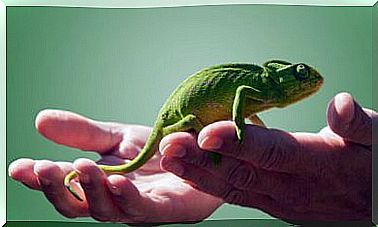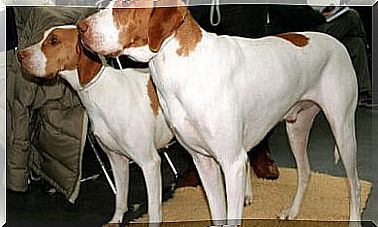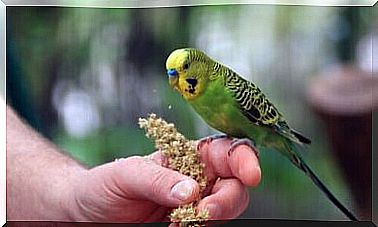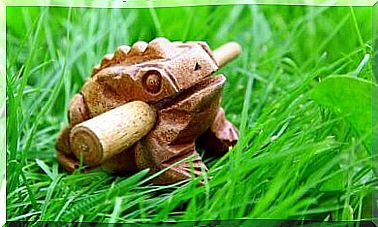Snake Bites: How To Act?

The snakes that exotic animal guardians tend to keep at home have no venom or, at the very least, no toxin compounds that harm other people or animals. Snake bites are much more common in countries where there are venomous snakes that, exceptionally, enter homes.
Although the potential toxicity of the venom following an unidentified snake bite is unknown, the Centers for Disease Control and Prevention (CDC) has produced an information leaflet with steps to take if a person or pet is bitten by a snake, poisonous or not. Here we will describe this protocol.
First Aid for Snake Bites
Before you know how to deal with snake bites, you should know what to do if one detects such an animal at home. If the snake is a pet, surely the guardian will have taken all possible measures and will also know the species in question.
However, if the snake is wild and not a pet, before attempting to approach or capture it, you must call the animal control service. While they’re on their way, you should never try to catch the animal or corner it, but it’s worth trying to monitor it from a safe distance to see if it moves or hides.
If the sting does occur, keep the stinged person quiet and as calm as possible, as the increased heart rate can cause the poison to spread more quickly. Then call emergency services as soon as possible and explain the situation calmly.
While emergency services are on the way, the following first aid can be applied to the patient:
- Sit or lay the person down so that the sting is below the height of the heart.
- Try to calm the person down.
- Wash the wound with soap and water.
- Cover the bite with a clean, dry dressing.
After these steps, just wait calmly for the arrival of the emergency services. It takes a while for snake bites to start compromising the body’s vital organs, so you can’t help but wait.
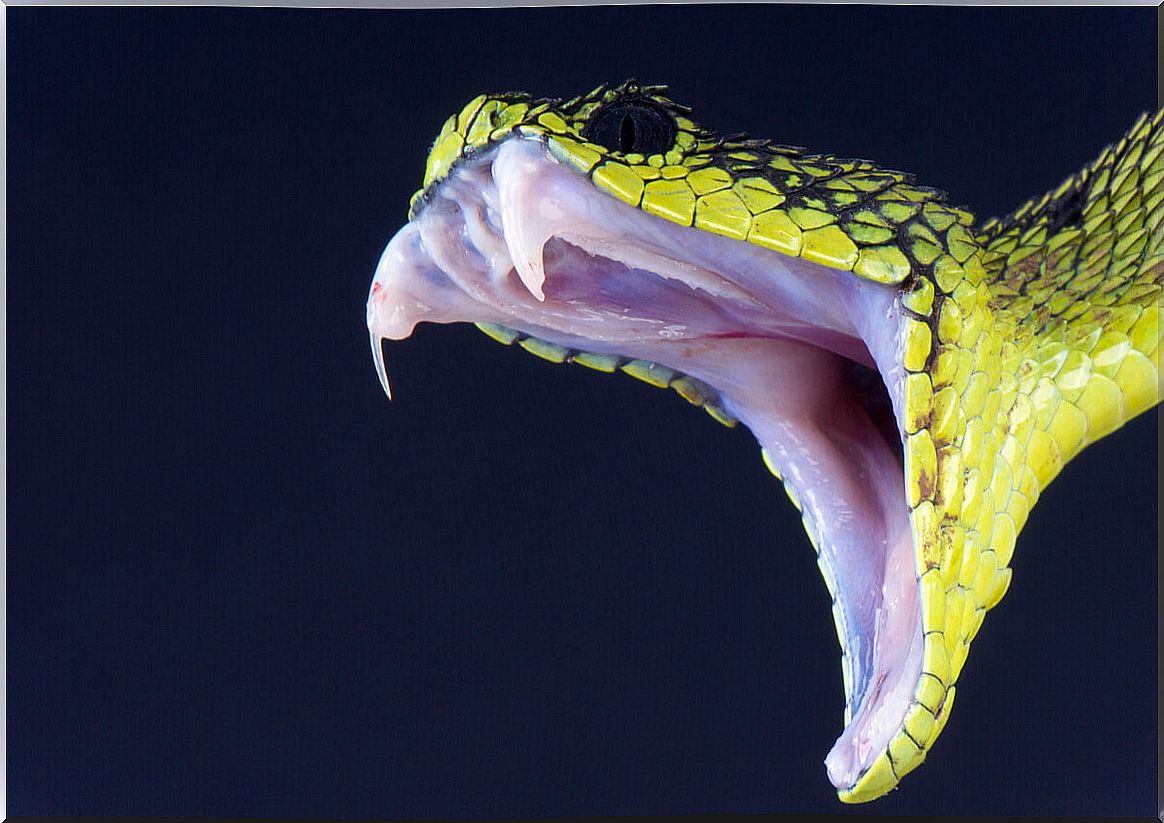
How to know if the snake is poisonous or not?
Unless you are a professional herpetologist, it is very difficult to know for sure whether or not a snake is poisonous to the naked eye. In fact, many people regard as true some myths about poisonous snakes, such as that they have a triangular head, have some color pattern, or wag their tail.
However, there are some characteristics that can define a snake as venomous. The point is that it is necessary to get very close to the animal to observe it. As you can imagine, shortening distances with a potentially dangerous reptile is never a good idea.
For example, the eyes of venomous snakes have elliptical pupils, while those that are not venomous have circular pupils. However, the coral snake – family Elapidae – has rounded pupils and is highly venomous. Also, poisonous ones have an abrupt difference between the width of the head – which is much larger – and the neck.
The presence of a rattle at the end of the tail indicates that the reptile is dangerous as there are no non-venomous rattlesnakes. Apart from these, few characteristics are unique to venomous snakes: only if a person knows each of the different species will he be able to identify them.
What to do if a snake bites your pet?
If, unfortunately, a snake bites the animal, the steps to be followed are no different from those already mentioned for people. However, the situation may be a little more urgent, as the low body weight of domestic animals – compared to that of an adult human being – complicates the situation.
In these cases, you cannot wait for the veterinarian to arrive: you must take the animal to the nearest veterinary center. However, the first step in trying to remember the snake that bit you remains important.
Without losing your cool, hold the animal in your lap so that the bite is below heart level. Once you are well insured, you should urgently go to the nearest veterinary center.
What not to do about snake bites?
As a general rule, whether the snake bites a person or a pet, there are a number of actions that should never be performed. These are as follows:
- Never try to capture the snake.
- A tourniquet should not be applied over the damaged region.
- One should not cut the wound with a knife to try to extract the poison.
- Under no circumstances should you attempt to suck out the poison with your mouth.
- Do not apply ice or heat to the wound.
- You cannot take any type of pain reliever – or energy drinks.
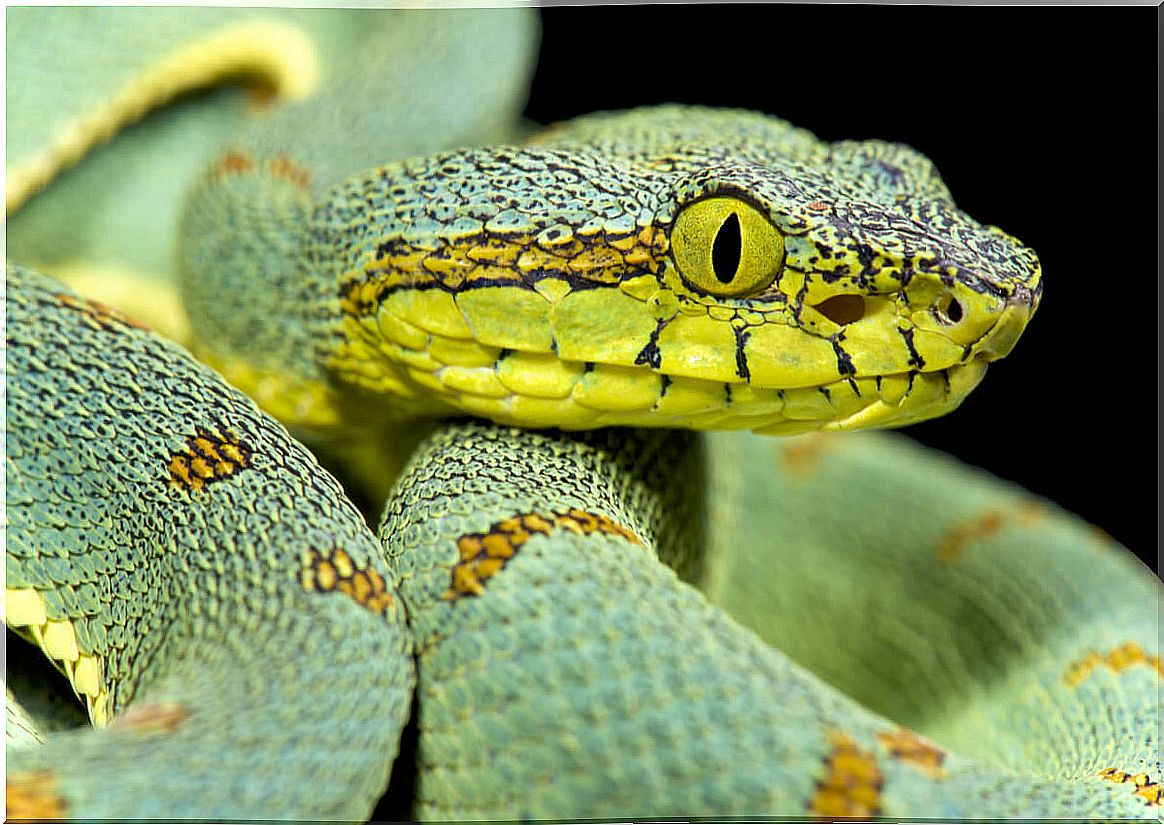
Prevention of snake bites
The best way to act against snake bites is to avoid them. Starting with not having poisonous snakes at home is a big step, although it seems obvious. Furthermore, they are prohibited in the vast majority of countries.
On the other hand, when floods occur in regions adjacent to urban centers – that is, at the time of reproduction of these animals – it is better not to walk in places with dense vegetation and other naturalized areas. Snakes often forage in dense areas where they feel protected.
Avoiding catching or touching a snake while hiking in the countryside is also a good idea to avoid getting bitten. It is true that situations can always occur that cannot be controlled and a person or pet ends up with a serious injury, but this is not the most common case.

